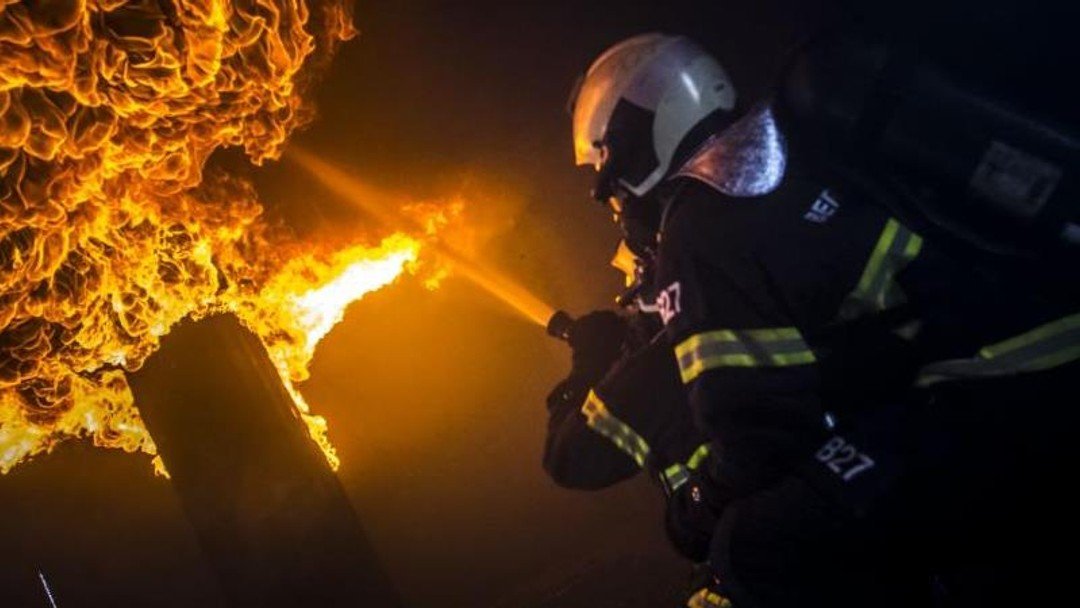The Building Safety Bill – ambitious but flawed?

By Colin Jones
Colin Jones offers critical commentary on the new Building Safety Bill
The short-term response to the inquiry following the 2017 Grenfell Tower fire tragedy has understandably focussed on high rise buildings with multiple occupancy. The conclusion of the extensive investigations into the fire was that the building safety system in the UK is not fit for purpose and a more effective regulatory and accountability framework is needed for all building types. The requirement for broader regulatory enforcement powers in cases of non-compliance with building regulations – and for an extension of the civil remedies available to individuals affected by inadequate construction was also raised.
Acting at last?
The Fire Safety Act 2021 clarifies who is responsible for managing fire risk in multi occupied residential buildings. The government is also committing £5.1bn to pay for unsafe cladding remedial works on buildings taller than 18m, some of which will come via the Building Safety Levy announced in the 2021 Budget. However, the DLUHC’s own assessment is that there are 473 buildings with aluminium composite material (ACM) cladding which are unlikely to meet building regulation standards – and at least £10bn may be required to address all of these.
This is by no means the full picture. As cladding remedial works are undertaken, other fire safety risks come to light, including defective fire stopping and smoke ventilation systems.
So, much in the reforms proposed by the Building Safety Bill, which is working its way through Parliament, is welcome. It includes a proposal for a new Building Safety Regulator to be responsible for securing the safety of people in and around buildings and for improving building standards. The regulator will have a particular responsibility for the life cycle of higher risk buildings (at least 18m or at least seven storeys, and with two or more residential units).
The Gateways
‘Gateway 1’ of a three-stage regime for higher risk buildings came into effect as of 1 August 2021, under which planning permission is now subject to a prescribed form of fire safety strategy. The Bill also proposes Gateways 2 and 3 which will be further ‘hard stops’, before construction can commence, and then before occupation can take place. At each stage the regulator will assess building safety compliance.
The regulator will require new ‘duty holders’ for higher risk buildings in occupation, including an accountable person and a Building Safety Manager to manage fire and building safety strategy. Residents themselves will also be required to support the management of safety risks.
There is to be a ‘golden thread’ of relevant information about how a building has been designed to keep people safe into the future, along with a new registration regime for building inspectors. Developers will face up to two years in prison, with unlimited fines, in the event of non-compliance with building regulations; and individuals affected by inadequate construction will have much longer, and retrospective, rights to claim for compensation.
Extension of limitation
The current limitation period under the Defective Premises Act 1972 for claims against those who have taken on work in connection with dwellings which are not fit for habitation is to be extended from six years to 15 years, with that reform to apply retrospectively. Section 38 of the Building Act 1984 will, at long last, be brought into force, applying prospectively, giving a right to claim damages where works do not meet building regulations.
Along with a new regulatory framework for construction products, powers for the Architects Registration Board to set minimum architect competence standards and career-long continuing professional development, there is to be a New Homes Ombudsman for the handling of complaints and to set quality standards.
Conclusion
The Bill has ambition. Yet its success is called into question by its anticipation of a proportion of the cost of fire safety improvements being passed on to residents, with so many already now trapped in unsellable homes.
Another criticism of the Bill relates to its emphasis on building height, rather than risk. Fire does not discriminate – and the focus on tall buildings, as opposed to all buildings, could create a two-tier safety system. There are a considerable number of lower height buildings with fire risks as critical as those at Grenfell Tower.
Beyond that, the Grenfell Tower legacy calls for a safety culture change within the development sector for developers, contractors and professionals alike – a call which will need more than legislation behind it.
The sector needs to recognise this to give occupiers (and their mortgage lenders and insurers) confidence in all buildings, existing and new, private and commercial, tall or single-storey.
Colin Jones is a partner in construction & engineering law at HCR Law, and member of FOIL: hcrlaw.com
.jpg&w=256&q=75)